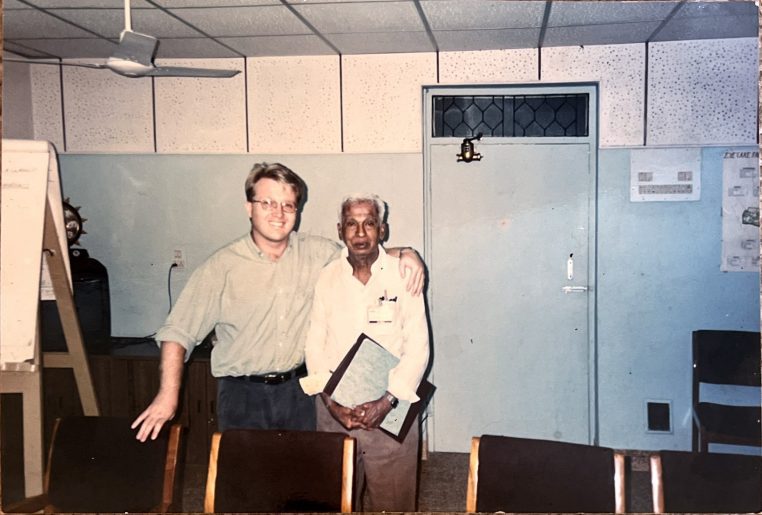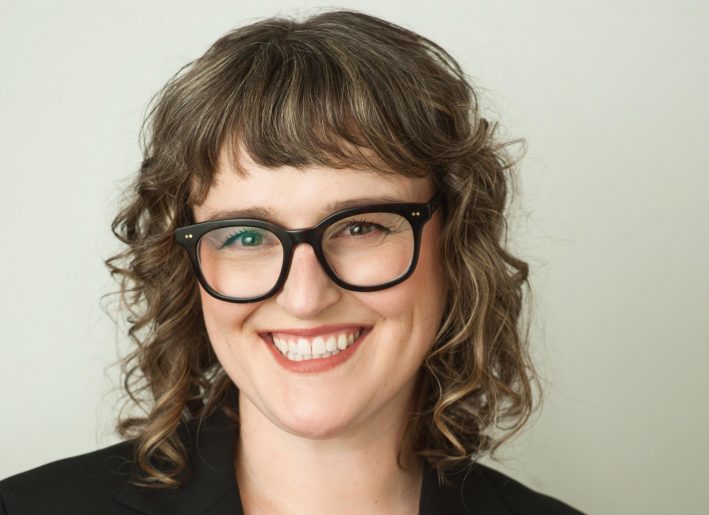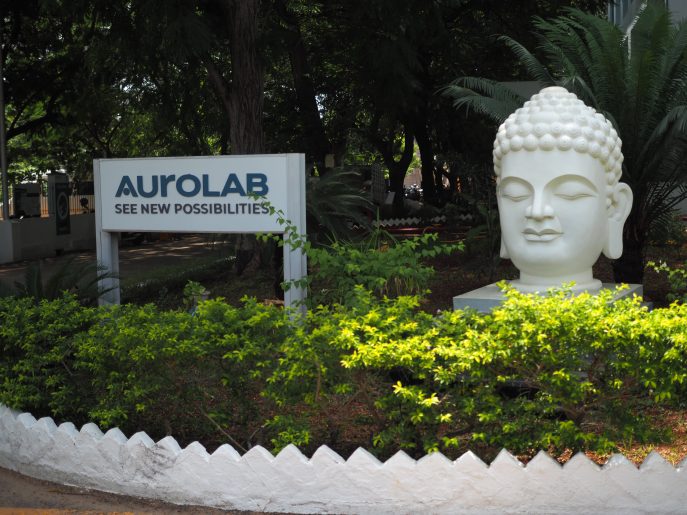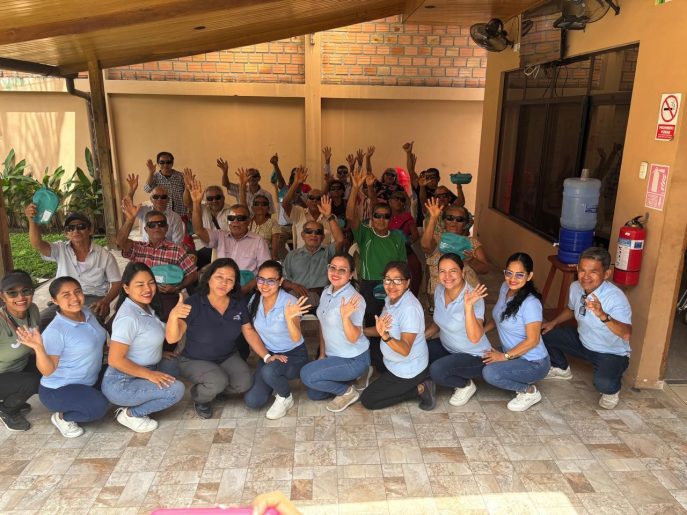Written by Seva Canada Board Member, Dr. Marty Spencer
Dr. Chundak Tenzing, Seva Foundation Medical Director
3-Day Workshop led by Dr. Samina Zamindar
The trip began in Bharatpur Eye Hospital, one of many in Nepal supported by Seva. I participated in a 3-day workshop on quality control attended by staff from 5 Nepal eye centres as well as Seva staff from our Cambodia eye care program. We had excellent staff participation and discussed topics from ensuring quality extending from ensuring sterility of surgical instruments all the way to treating patients with respect and transparency. The workshop was led by Dr. Samina Zamindar, an ophthalmologist from Bangalore, India.
Patients Walking to the Eye Hospital in Thori
From Bharatpur I spent a day observing and teaching surgery in a small eye hospital Thori, a village near the Indian border where Seva-sponsored surgeons learn cataract surgery technique. I was pleased to see the progress since last year, and the increase in surgical numbers.
An eight hour drive half the length of the country brought us to Itahari, a city where Seva helped establish an eye hospital three years ago to support secondary eye centres to the north. My job in Ithahari was to teach new techniques to the two relatively new ophthalmologists on staff to ensure better vision after surgery, without the need for glasses.
Drs Ishi Shrestha and Rajashee Shrestha and Dr. Marty Spencer
The two ophthalmologists, Drs Ishi Shrestha and Rajashee Shrestha were skilled and a delight to work with. Both learned the new techniques in the week I spent with them. While I was in the operating room Dr. Tenzing (who is originally from Nepal) looked for ways to improve quality in the clinic and modelled good doctor/patient communication skills.
The best example of the need for good communication came up in our third day in Itahari. We began our days by examining all patients operated on the previous day. On this occasion all the patients had good results and good vision except one, a middle aged woman who had a small amount of blood inside her eye, reducing her vision somewhat. Her vision was already much better than before surgery, and her other eye saw well, so it seemed a minor problem, as we knew the blood would clear within a day or two. Despite this being explained, the woman was very unhappy, and made this loud and clear both to us and the surrounding patients.
Dr Tenzing sat beside her and talked at some length. Able to speak only a few words of Nepali, I had no idea what was going on. After about 10 minutes our patient’s tone changed, and she actually smiled. It turned out that it wasn’t her sight that bothered her, but that she would be in the hospital for a day and wouldn’t be able to get her tea and biscuit. When it was explained that those would be provided, all was well.
This was an excellent teaching point for the staff. It would have been easy to dismiss the woman’s complaint, but we pointed out the need for communication. In providing eye care to a population with limited awareness of eye care delivery, the easy part is doing the actual surgery; the hard part is finding those in need of care, persuading them that they can be helped and earning their trust. Our best tool to do this is the happy customer who returns to their community with good vision and stories about how well they were treated.
During my last day in surgery I we had only two surgeries remaining when we received a message that another case had been added. A man who had had his cataract removed ten days earlier had been brushing his teeth with a small bamboo stick (a traditional way of brushing teeth in Nepal) when he tried to scratch an itchy spot on his forehead and accidentally hit his operated eye, rupturing the incision and pushing part of the iris out of the eye. Fortunately, we were able to patch him up and he had perfect vision the next day, as well as giving all the other patients a good laugh. He sheepishly told Dr Tenzing that he would be more careful in future.
Seva has programs in more than 20 countries, and I usually visit different countries each year, but I have been invited to speak at the national ophthalmology meeting in Nepal in May*, so I might get a chance to see how Ishi and Rajashee are doing with their new techniques. Seeing the work of my trainees is almost as addictive as seeing the smiles on the faces of patients after surgery.
A Cataract Patient Saying Thank You for Restoring her Sight!



